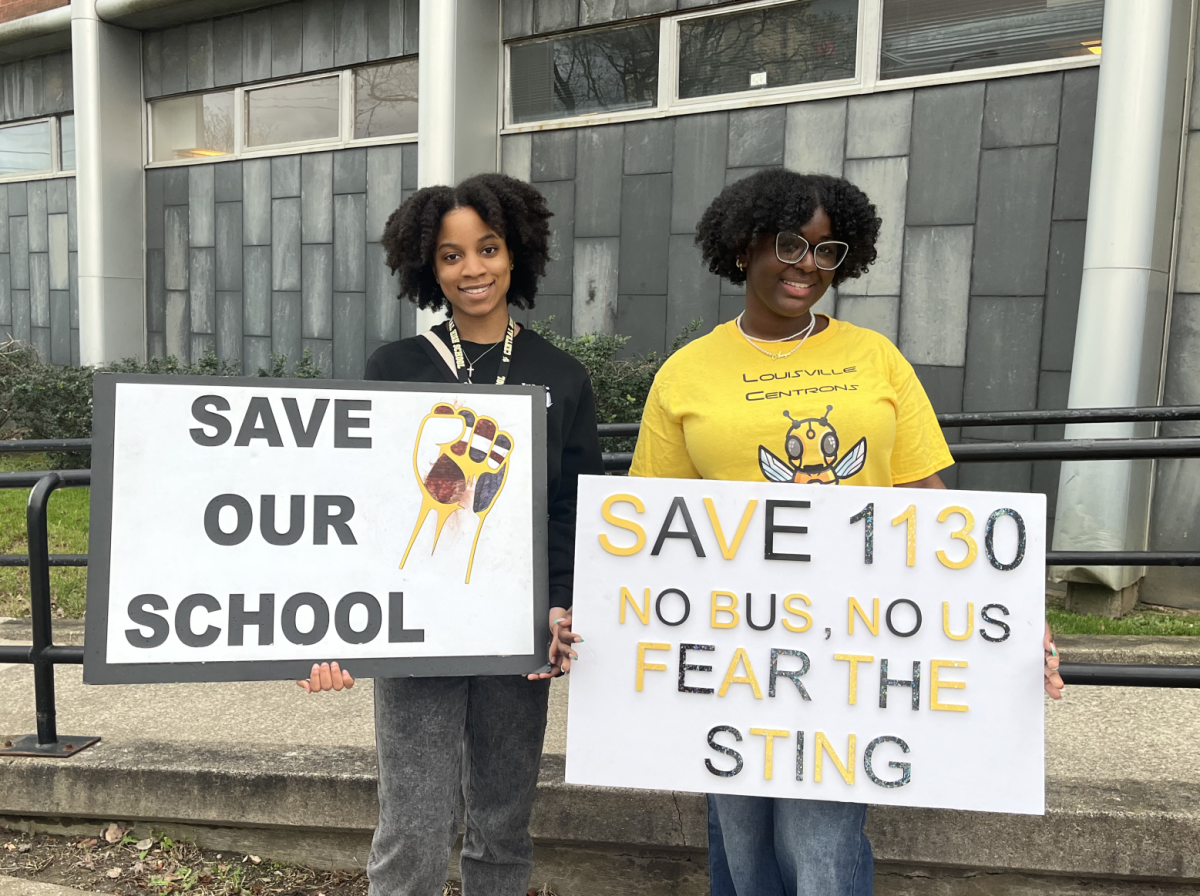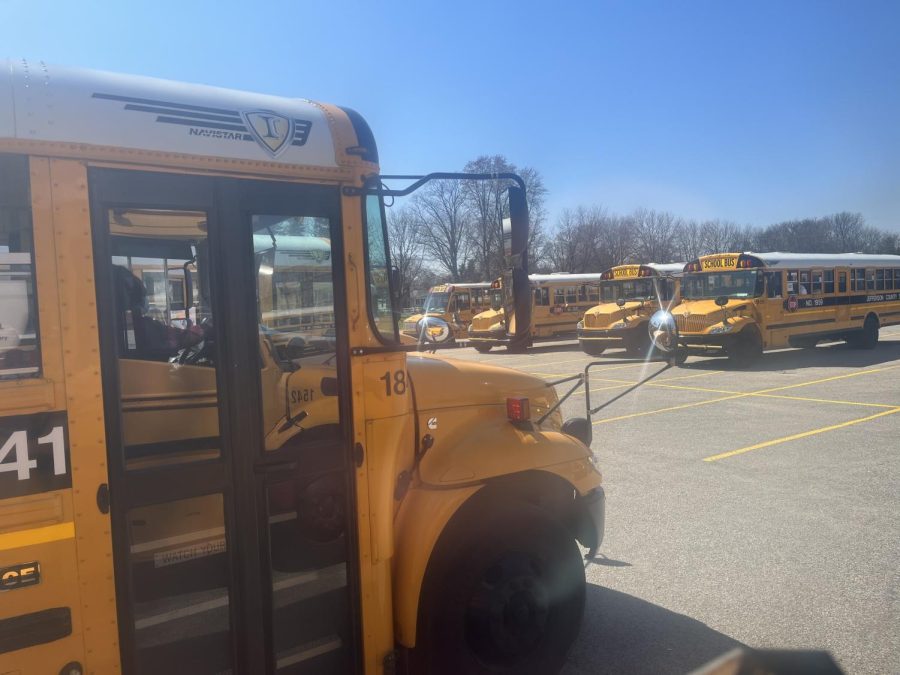Since many places all around the world are being hit with natural disasters, Manual RedEye decided to ask: what should Louisville residents do in a natural disaster? While the list of natural disasters is extensive, only a few have the possibility of actually occurring in Louisville.
Wildfire
Every fire requires the same three things: oxygen, fuel and heat. A wildfire is a large, destructive fire that spreads quickly over woodland or brush. Ninety-nine percent of wildfires are a result of human actions such as sparks from train tracks, campfires, cigarettes and fireworks. Others can start during the dry periods between October and December, due to lack of rain. Wildfires are typically spontaneous and cannot be contained as easily as household fires because they spread at a rapid rate.

The window for occurrence is small but if a wildfire were ever to occur in the Louisville area, citizens in the city and surrounding areas would need to evacuate as soon as possible, staying away from brush and flammable substances. Wildfires are hard to contain so its termination would be unpredicted. Restoration of homes and businesses after a wildfire could cost hundreds of thousands of dollars.
To prevent wildfires, Louisvillians should be cautious when making fires while camping or having bonfires/backyard “campfires.” No fire should ever be left unattended. Before leaving a fire site, it should be fully put out, and the embers should be spread out to prevent another fire from forming.
Violent rain storm
Frequently referred to as storm surges, heavy rains as a result of hurricanes can cause torrential downpours that beat down on communities and can affect the environmental factors in a city. Hurricane Harvey and Hurricane Irma brought downpours to Louisville for the past few weeks, causing early cold temperatures. Rain and wind disasters often cause limbs, branches and whole trees to fall.
While these rains are not preventable, their impact and effects can be avoided. To avoid any limbs, branches and/or trees from falling during storm surges, Louisvillians can have them checked annually. Loose or dead branches can be cut out of trees to lower the chances of falling and causing damage to a house, car or person.
Drivers should be extra careful when driving through rain and should avoid low points in roads and going close to ponds, lakes, rivers or streams.
Flood
Heavy and constant rains are the main cause for flooding. Similar to rain storms as a result of hurricanes, flooding can affect the environmental factors in a city as well as the urban factors.
Because of Louisville’s location, a major flood would be devastating. The Ohio River has risen hundreds of times since Louisville’s founding but it has only flooded significantly a handful of times. If a flood were to be predicted to happen in Louisville, people should get to higher ground, make sure their homes were insured, store valuables and make sure to warn others.

Just like any other natural disaster, restoration of homes and businesses could cost hundreds of thousands of dollars. A flood disaster can also displaced or render homeless hundreds or thousands of people long periods of time. Louisville would not be the only place to be affected, Southern Indiana would also flood significantly.
Research has shown that contrary to popular belief, natural disasters can actually spur economic growth. After a catastrophe or disaster, people often feel empowered by the devastation to make a change, either to help their community become a better place or to become the same place as before.
Earthquake
While a catastrophic earthquake has never occurred in Kentucky, there is a possibility of one occurring. The New Madrid Seismic Zone lies on the far west border of Kentucky and could also affect the states of Arkansas, Illinois, Tennessee and Missouri. Louisville may not be the first place to be affected, but the city could still be shaken up. Just like earthquake drills in school, citizens should get under desks, tables and chairs or brace themselves in doorframes. If someone were outside during an earthquake disaster, they would need to get far away from large, tall buildings, trees and cars.
Any earthquake that could possibly hit the New Madrid fault would kill thousands, leave structures completely destroyed and many would be homeless. Rebuilding the city would cost tens of millions of dollars.
Blizzard
Due to recent global warming trends, the chances of a blizzard happening in Louisville have severely dropped. However, Louisville should still prepare for the possibility. Cold temperatures and harsh snow could have a serious impact on the economy and the environment. During winter seasons, salting roads to prevent ice from forming costs anywhere from $45-$65 per ton. Not to mention, ice on power lines can be hard to fix and generators can cost up to $5,000. A snow disaster can also cause students to miss classes and adults to miss work, which can have an impact on not only the family but depending on the length of the blizzard, the city’s economy. If a blizzard were to happen in Louisville, the city would shut down for a period of time to recuperate until it could thaw.
Tornado

Louisville is a very humid place because of its location in the Ohio River Valley. When humid, low-pressure conditions combine with cold fronts, it results in the formation of a tornado. Typically occurring during violent thunderstorms, tornadoes rip through towns destroying homes and uprooting trees. Louisvillians can stay safe during a tornado disaster by retreating to a basement or somewhere underground and away from windows.





